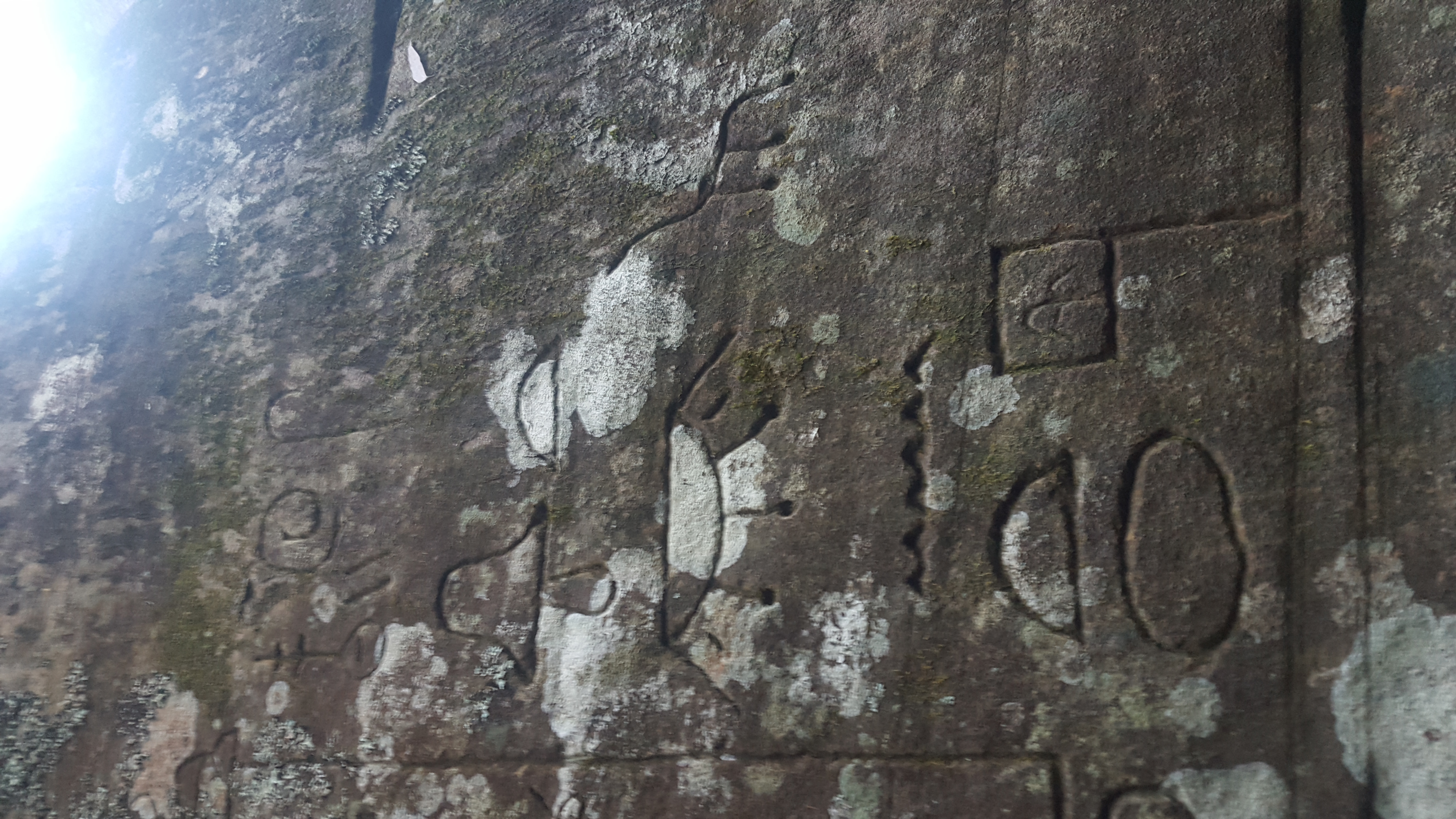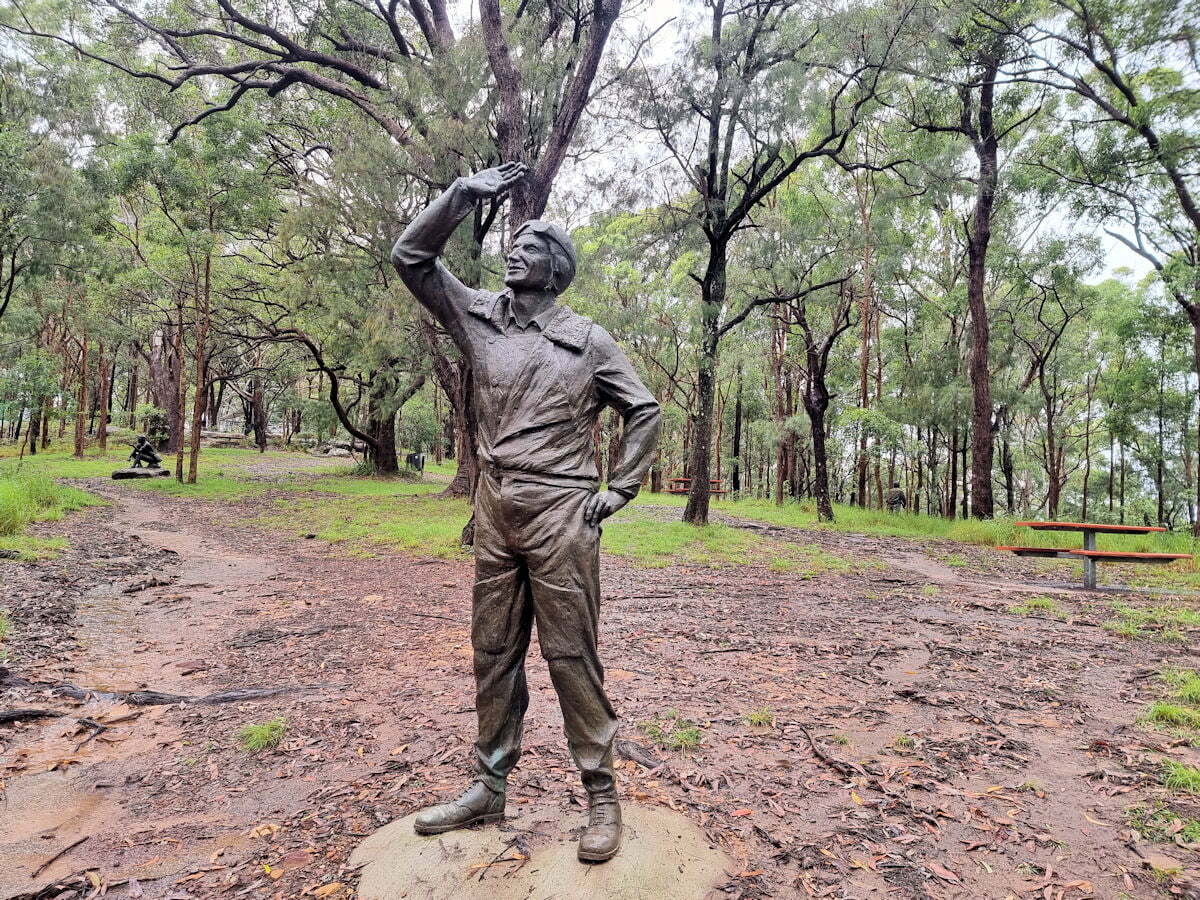Tag: Gosford
-
Gosford Glyphs Petroglyphs or Hieroglyphics

Gosford Glyphs The Gosford Glyphs (also called petroglyphs) are located near Kariong not far from Gosford on the New South Wales Central Coast. They can be found using Google Maps, which will take you to a small car park on the side of the road. From here it is an easy walk to the glyphs. … Read more
-
Rumbalara Reserve Statues

Rumbalara Reserve Statues On a wet and rainy morning, we decided to go bush walking at Rumbalara Reserve near Gosford to see the statues. The forecast said some light drizzle clearing to a fine day. Well, it rained all the way during our drive there, where on arrival we waited another hour for the rain… Read more